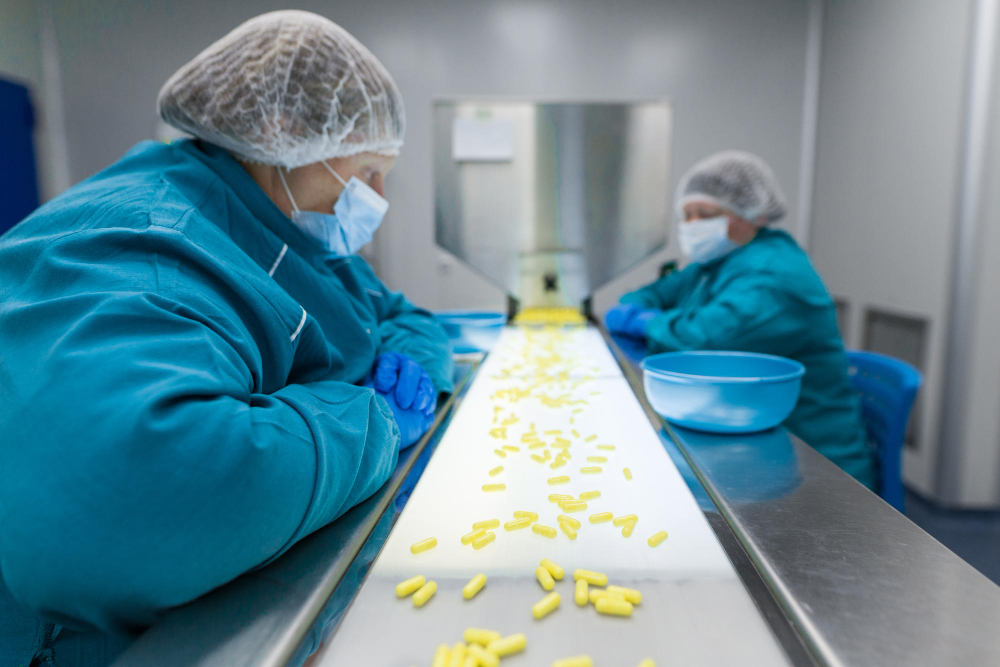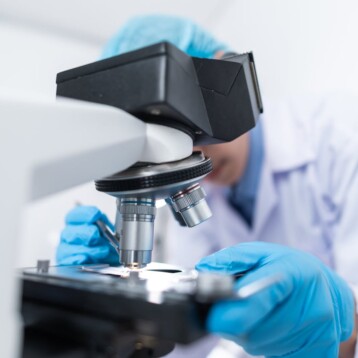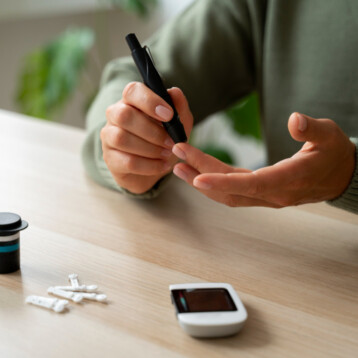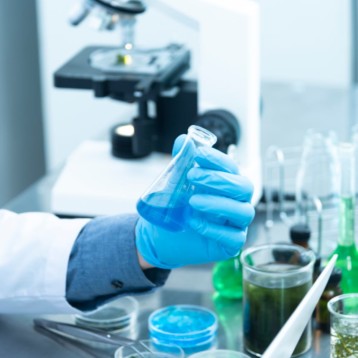Child-resistant packaging (CRP) is increasingly becoming a critical component of pharmaceutical product design. This evolution stems from stringent regulations and heightened safety concerns regarding accidental poisoning among children. While CRP has been a part of the packaging landscape for decades, recent advancements in technology and shifts in regulatory frameworks are poised to reshape how pharmaceutical companies design, manufacture, and deliver products. This article explores the implications of these changes for pharmaceutical packaging, manufacturers, and the broader industry, while examining what the future may hold.

Why Child-Resistant Packaging is Evolving
Globally, regulatory bodies have introduced new CRP standards in response to an alarming number of accidental child poisoning cases. The central aim is two-fold: provide robust protection against unauthorised access by children while maintaining user-friendliness for adults, particularly the elderly and those with disabilities.
For instance, regulations have been put in place to prioritise child safety and ensure compliance across pharmacy packaging. These updates are prompting the industry to innovate beyond traditional solutions. It’s no longer just about caps and closures – CRP now integrates smart designs and cutting-edge materials to electronically deter tampering while meeting sustainability demands.
This regulatory momentum is causing pharmaceutical companies to rethink how they approach packaging, with the ripple effect being felt across the supply chain – from design studios to production lines.
The Impact on Pharmaceutical Packaging
1. Design Complexity
Pharmaceutical companies are now faced with the challenge of balancing safety with accessibility. CRP designs need to meet robust compliance standards without compromising ease of use for adults.
Gone are the days of simple screw caps. Modern CRP involves intricate mechanisms, dual-layered designs, and advanced materials that require innovative engineering. This evolution has increased collaboration between pharmaceutical companies, industrial designers, and material scientists. Multi-disciplinary teams are now critical in creating packaging that not only complies with child safety standards but also passes usability tests for the elderly and the disabled.
2. Manufacturing Advancements
The push for CRP is compelling manufacturers to upgrade their systems. High-speed moulding machines, robotics, and advanced quality assurance technologies are becoming the norm to cater to the growing demand for intricate packaging designs.
Furthermore, manufacturers are being tasked with ensuring high levels of consistency in CRP functionality. Introducing automation and machine learning technologies allows manufacturers to maintain compliance while meeting large-scale production demands.
Digital twins—virtual replicas of packaging designs—can now simulate how CRP solutions perform under real-world conditions, offering major efficiency gains in testing and refining designs.
3. Material Innovation
With sustainability at the forefront of global concerns, pharmaceutical companies are now investing in eco-friendly CRP options. Traditionally, CRP has relied heavily on plastics, but developments in biodegradable and recyclable materials are transforming the landscape.
Companies are pioneering the use of bio-based polymers, paving the way for pharmaceutical packaging that aligns with both child safety and environmental goals. These innovations also support circular economy efforts, reducing waste while maintaining regulatory compliance.
What the Future Holds for CRP and Pharma
CRP is set to play an even greater role in how the pharmaceutical industry aligns with both safety standards and user expectations. Three major trends are emerging as we look to the future:
1. Integration of Smart Technology
The union of CRP and the Internet of Things (IoT) is already on the horizon. Smart packaging solutions, offer enhanced tamper-proof mechanisms while enabling end-users to verify the authenticity of the product and access usage instructions directly on their smartphones.
IoT can also offer feedback to manufacturers about how consumers interact with CRP, enabling them to refine designs continuously while identifying compliance bottlenecks.
2. Global Standardisation
Regional differences in CRP regulations often create complexities across international pharmaceutical markets. However, there is growing momentum toward global standardisation to ensure consistency across borders while simplifying logistics for packaging providers. This shift could lead to cost efficiencies while maintaining widespread adherence to safety protocols.
3. Sustainability as a Pillar of Design
It’s clear that CRP innovation cannot exist in isolation from sustainability goals. Expect a surge in green chemistry practices and increased accountability frameworks to make CRP not only safe but also planet-friendly. With growing public pressure, eco-conscious CRP will likely become a competitive advantage in the market.
Why These Changes Matter
The emphasis on child-resistant packaging is a pivotal development for the pharmaceutical industry. While these innovations pose logistical and design challenges, they ensure safer access to products, protect brands from legal vulnerabilities, and meet evolving consumer expectations.
Manufacturers now sit at the nexus of safety, compliance, and sustainability, with significant opportunities to differentiate their offerings through technological advancements. Pharmaceutical companies that proactively adapt to CRP requirements are not only protecting vulnerable populations but also positioning themselves as leaders in innovation and responsibility.
Final Thoughts
The evolution of child-resistant packaging signifies a defining moment for pharmaceutical businesses and their partners. At its core, this shift is about safeguarding lives, but it also represents an opportunity for the industry to adopt more efficient, sustainable, and innovative packaging solutions.
With CRP technology advancing at an unprecedented pace, the future holds immense promise for more secure and accessible pharmaceutical products across global markets. By adopting forward-thinking approaches today, the industry is poised to redefine the standard of care tomorrow.










